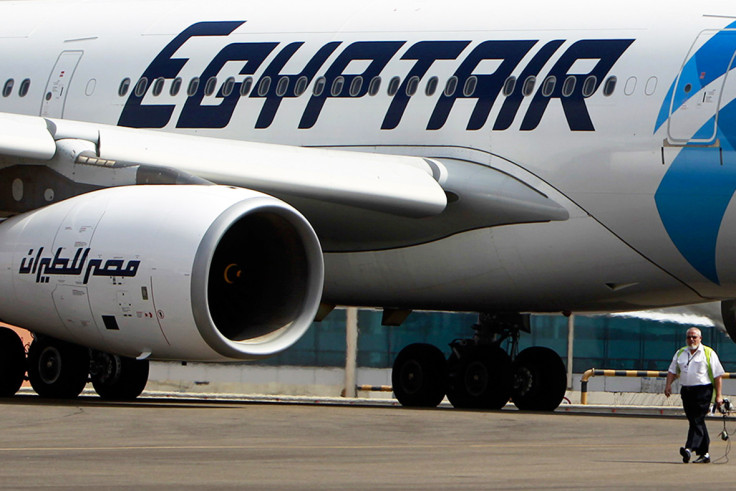EgyptAir MS804 crash: Airbus A320 safety record for 'workhorse of the skies'
The A320, the aircraft model involved in the 19 May crash in the Mediterranean, is one of the most popular airliners in the world and is often referred to as the 'workhorse of the skies'. Of the A320 family, more than 6,700 planes – which includes A318, A319 and A321 variants – were in worldwide operation as of April 2016, according to its manufacturer, Airbus.
The series, which first came into service in 1988, has an above-average safety record despite having experienced a number of deadly incidents, including some that raised questions about its highly automated systems. While the line has amassed up to 180 million flight hours over 98 million flights, the line has suffered just over 90 incidents – which have mostly been blamed on weather or human action.
Recently an A320-232 operated by EgyptAir from Alexandria to Cairo was hijacked and landed in Cyprus. In October 2015, an A321-231 exploded mid-air over the Sinai Peninsula with the Islamic State (Isis) group claiming it had loaded a bomb on board. A few months earlier a Germanwings A320-211 was deliberately flown into the French Alps by the co-pilot Andreas Lubitz.
Circumstances around the latest crash are still unclear, with technical failure and human intervention initially deemed as the most-likely causes.
The A320-232 operated by EgyptAir disappeared over the Mediterranean Sea en route from Paris to Cairo. It is believed it crashed in an area south-east of the Greek island of Crete. Airbus said the aircraft involved was delivered to Egyptair from the production line in November 2003; powered by IAE engines it had since clocked approximately 48,000 flight hours.
At least 56 passengers and 10 crew members were on board the plane which normally seats about 150 people. The captain was reported as experienced, with 6,275 flying hours – of which 2,101 were spent in the highly-automated cockpit of an A320 – according to EgyptAir. The co-pilot had 2766 flying hours.
The A320 has pioneered the use of the so-called 'fly-by-wire' control system that requires a computer to interpret pilots' actions instead of relaying them directly through mechanics and hydraulics. Airbus has also used electronic 'side-sticks' located besides the pilot's seats instead of the traditional flight control columns.
Airbus' automation has been credited for efficiency and the easing of pilots' duties thereby reducing margin for error. However, critics say crews' misinterpretations of the system could lead to confusion and eventual incident. In 2009 an anomaly in the computerized system for Air France A330 was mishandled by pilots, resulting in the plane to crash in the Atlantic Ocean off Brazil.

© Copyright IBTimes 2025. All rights reserved.






















